The Importance of Pollinator-Friendly Plants in Your Garden
Gardens are not just patches of greenery; they are vibrant ecosystems teeming with life. Among the most crucial inhabitants are pollinators - bees, butterflies, birds, and other insects - that play a vital role in the pollination of plants.
Pollinators transfer pollen from one flower to another, enabling plants to produce fruits, seeds, and new generations.
However, these essential creatures are facing numerous threats, including habitat loss, pesticide use, and climate change. One way to support pollinators and enhance the health and beauty of your garden is by cultivating pollinator-friendly plants.
In this article, we'll delve into the importance of these plants and explore how you can create a welcoming habitat for pollinators in your garden.

Why pollinators matter
Pollinators are indispensable to both natural ecosystems and agricultural systems.
Approximately 75% of flowering plants rely on animal pollinators for reproduction, including many fruits, vegetables, nuts, and seeds consumed by humans. Without pollinators, these plants would not be able to produce the fruits and seeds essential for the survival of countless species, including humans.
In addition to their role in food production, pollinators contribute to biodiversity and ecosystem stability. They help maintain the genetic diversity of plant populations by facilitating cross-pollination between different individuals. This genetic diversity is crucial for the resilience of plant communities in the face of environmental changes and diseases.
Furthermore, pollinators support wildlife habitats by pollinating native plants, which serve as food sources and shelter for a variety of animals. Birds, mammals, and insects rely on the fruits, seeds, and nectar provided by pollinator-dependent plants for their survival. By supporting pollinators, we indirectly support the entire web of life that depends on them.
Challenges facing pollinators
Despite their importance, pollinators are facing unprecedented challenges that threaten their survival.
Habitat loss and fragmentation due to urbanization, agricultural expansion, and deforestation have led to the decline of pollinator populations worldwide. Pesticide use, particularly neonicotinoids and other systemic insecticides, has been linked to declines in bee populations and other pollinators. Climate change is altering the timing of flowering and the availability of nectar and pollen, disrupting the delicate synchronization between plants and pollinators.
In light of these threats, it is imperative that we take action to protect and support pollinators. One effective way to do so is by creating pollinator-friendly habitats in our gardens and green spaces.
Create a pollinator-friendly garden

Building a pollinator-friendly garden is not only beneficial for pollinators but also rewarding for gardeners.
By incorporating a variety of pollinator-friendly plants into your landscape, you can attract a diverse array of bees, butterflies, hummingbirds, and other pollinators, enhancing the beauty and productivity of your garden.
Here are some tips for creating a pollinator-friendly garden.
Choose native plants: Native plants have evolved alongside local pollinators and are well-adapted to the local climate and soil conditions. They provide abundant nectar, pollen, and habitat for native pollinators, making them excellent choices for a pollinator-friendly garden.
Select a variety of flowers: Pollinators have different preferences when it comes to flower shape, color, and scent. To attract a diverse range of pollinators, choose a variety of flowers with different shapes, sizes, and bloom times. Include flowers with tubular shapes for hummingbirds, flat-topped clusters for butterflies, and composite flowers for bees.
Plant in clumps: Planting flowers in large clumps or drifts makes it easier for pollinators to locate and access nectar and pollen. Grouping plants of the same species together also improves pollination by increasing the chances of cross-pollination between individuals.
Provide shelter and nesting sites: Pollinators need more than just nectar and pollen; they also require shelter and nesting sites to complete their life cycles. Incorporate features such as flowering shrubs, trees, and perennial grasses to provide habitat for pollinators to rest, roost, and nest.
Avoid pesticides: Minimize or eliminate the use of chemical pesticides in your garden, as they can harm pollinators and other beneficial insects. Instead, practice integrated pest management (IPM) techniques, such as hand-picking pests, using insecticidal soaps, and attracting natural predators.
Provide a water source: Pollinators need water for hydration and to regulate their body temperature. Create a shallow water source, such as a birdbath or a small dish filled with pebbles and water, to provide pollinators with a safe drinking spot.

Embrace imperfection: Allow your garden to have some wildness and diversity, as this mimics natural habitats and provides a more welcoming environment for pollinators. Don't worry about having a perfectly manicured garden; instead, embrace the beauty of a diverse and thriving ecosystem.
Final thoughts
In conclusion, pollinators play a crucial role in sustaining ecosystems and supporting global food production. By creating pollinator-friendly gardens, we can provide vital habitat and resources for these essential creatures, helping to conserve biodiversity and ensure the health and resilience of our natural world.
Whether you have a small balcony or a sprawling backyard, you can make a difference by planting pollinator-friendly plants and taking steps to support the pollinators that visit your garden.
Together, we can protect and celebrate the invaluable contributions of pollinators to our lives and our planet.


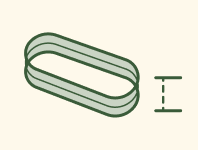
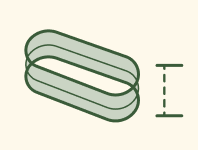
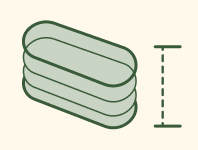
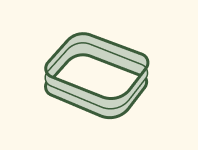
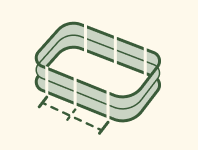
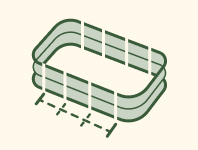
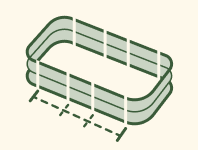
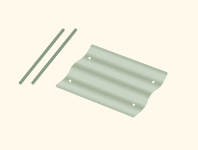




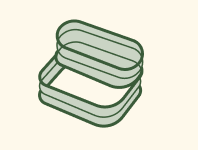
















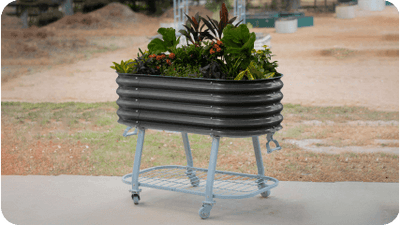









































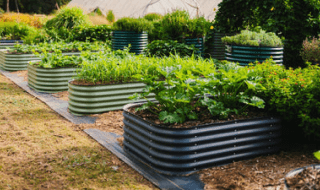
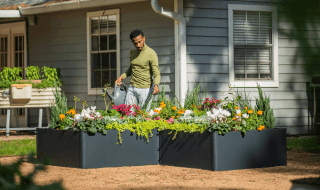
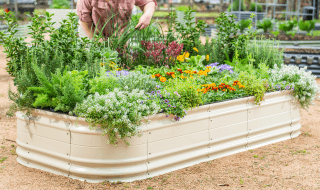
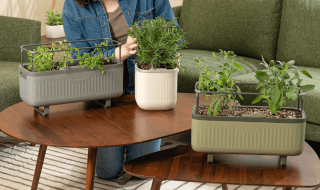
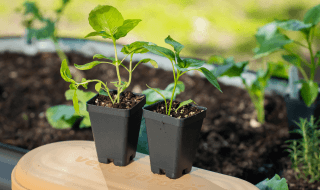
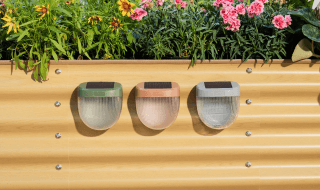
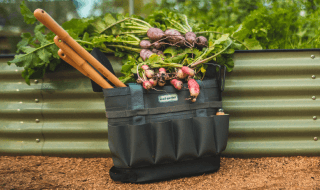
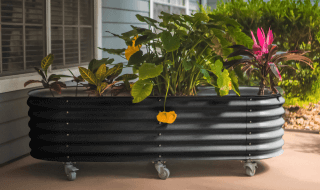







Leave a comment